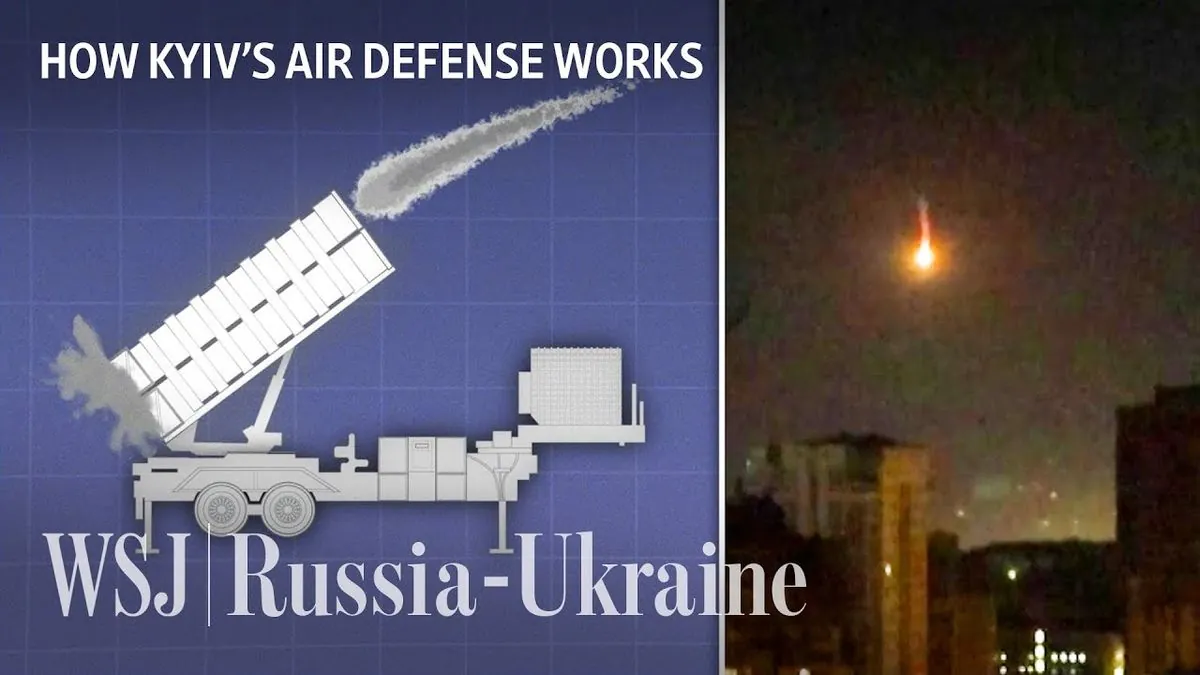One year ago, on August 15, 2023, Ukraine's air force demonstrated its growing prowess in countering aerial threats. In a significant defensive operation, Ukrainian forces successfully neutralized all 29 unmanned aerial vehicles (UAVs) launched by Russia across eight regions during a nighttime assault.
The operation showcased Ukraine's enhanced air defense capabilities, which have been bolstered by Western support since the conflict's escalation in February 2022. This incident is part of a broader pattern of drone warfare that has become a hallmark of the ongoing Russia-Ukraine conflict.
In addition to the drones, Russian forces deployed three Kh-59 guided missiles. The Kh-59, a TV-guided cruise missile with a range of up to 115 km, represents the evolving nature of aerial threats faced by Ukraine.
The interception of these threats occurred over a wide area, demonstrating the extensive coverage of Ukraine's air defense network. This network combines Soviet-era systems with modern Western equipment, reflecting Ukraine's rapid integration with Western military standards and practices.
Regional impacts varied:
- Cherkasy region reported minor damage to windows of a private business
- Kyiv, Poltava, and Kirovohrad regions emerged unscathed
- Mykolaiv's air defenses neutralized five drones
- Kherson region intercepted eight drones
While the air defense operation was largely successful, Kherson region faced additional challenges. Separate Russian attacks in the area resulted in one fatality and 13 injuries over the preceding 24 hours. This underscores the ongoing humanitarian cost of the conflict, which has drawn condemnation from international organizations, particularly regarding attacks on civilian areas.
The economic impact of these persistent attacks on Ukrainian infrastructure has been substantial. However, Ukraine's resilience and improving defensive capabilities have mitigated some of the potential damage.
This incident highlights the increasing role of drone warfare in modern conflicts. Both Russia and Ukraine have been developing and deploying various drone technologies, with Russia notably using Iranian-made Shahed drones in its operations.
As the conflict continues, Ukraine's air defense strategies continue to evolve, adapting to new threats and leveraging international support to protect its sovereignty and civilian population.
